SEO for Local Bicycle Shops: Tips for Ranking Higher
Introduction
Local bicycle shops face unique challenges in today's competitive online marketplace. With an increasing number of consumers turning to search engines to find the best deals, services, and local businesses, it is essential for bicycle shops to implement effective search engine optimization (SEO) strategies. This comprehensive guide is designed to help local bicycle shop owners understand and implement SEO techniques that can boost your online visibility, drive more local traffic, and ultimately increase your sales.
In the following sections, we will explore every facet of local SEO—from understanding the basics to advanced on‑page and off‑page strategies. Whether you run a small neighborhood bike shop or a larger local retailer, these tips and strategies will help you rank higher in search results and compete effectively in your local market.
Table of Contents
- Introduction
- 1. Understanding Local SEO for Bicycle Shops
- 2. On-Page SEO Strategies
- 2.1 Keyword Research and Optimization
- 2.2 Title Tags, Meta Descriptions, and Headers
- 2.3 Creating Quality, Locally Relevant Content
- 2.4 Image Optimization and Alt Text
- 3. Optimizing Local Listings and Google My Business
- 3.1 Setting Up and Optimizing Your Google My Business Profile
- 3.2 Building Local Citations and Directory Listings
- 4. Managing Reviews and Reputation
- 5. Technical SEO for Local Bicycle Shops
- 6. Local Link Building Strategies
- 7. Leveraging Social Media and Content Marketing
- 8. Measuring SEO Success
- 9. Common Pitfalls and How to Avoid Them
- 10. Future Trends in Local SEO
- 11. Conclusion
- 12. Frequently Asked Questions (FAQ)
- 13. 25 Relevant Keywords
1. Understanding Local SEO for Bicycle Shops
Local SEO is a branch of search engine optimization focused on optimizing a business’s online presence for a specific geographic location. For local bicycle shops, this means ensuring that when potential customers search for terms such as “bike shop near me” or “local bicycle repair,” your business appears among the top results.
This section explains what local SEO is, why it is important, and how it differs from general SEO. Local SEO takes into account factors such as geographic location, local citations, reviews, and mobile search trends—elements that are crucial for brick-and-mortar businesses looking to drive foot traffic and online sales.
1.1 What is Local SEO?
Local SEO is the process of optimizing your online presence to attract more business from relevant local searches. These searches occur on search engines like Google and Bing, as well as on maps and local directories. Key components include optimizing your website for local keywords, creating and managing local listings (especially on Google My Business), and generating positive local reviews.
For local bicycle shops, local SEO means ensuring that customers looking for bike repairs, new bicycles, or cycling accessories in your area can find your store quickly and easily. This not only increases your online visibility but also drives valuable local traffic to your physical storefront.
1.2 The Importance of Local SEO for Bicycle Shops
Local SEO is vital for bicycle shops because it directly influences how easily local customers can find your business online. Given the competitive nature of local markets, investing in SEO can help you:
- Stand out in a crowded market and differentiate your shop from national or online-only retailers.
- Drive more foot traffic and phone inquiries by ranking highly in local search results.
- Build credibility with customers through verified reviews and consistent local listings.
- Improve conversion rates by targeting users who are already looking for local solutions.
By focusing on local SEO, you can ensure that your shop appears in front of potential customers exactly when they need your services.
2. On-Page SEO Strategies
On-page SEO involves optimizing individual pages of your website to rank higher and earn more relevant traffic. For local bicycle shops, this means creating pages that speak directly to your local audience while incorporating keywords and phrases that reflect local search intent.
2.1 Keyword Research and Optimization
Keyword research is the foundation of on-page SEO. Start by identifying the search terms that potential customers are using to find local bicycle shops. Focus on a mix of broad and long-tail keywords such as “bicycle repair in [City],” “buy new bike [Neighborhood],” and “local bike shop reviews.”
Use keyword research tools to determine search volume and competition. Once you have a list of targeted keywords, incorporate them naturally into your page titles, headings, content, and meta descriptions. Avoid over‑stuffing your pages with keywords; instead, focus on creating high‑quality content that answers your customers’ questions.
2.2 Title Tags, Meta Descriptions, and Headers
Optimizing your title tags, meta descriptions, and header tags is crucial for both SEO and user experience. Your title tag should include your main keyword and your location (if applicable). For example, “Best Bicycle Shop in [City] – Quality Bikes & Repairs.”
Similarly, your meta description should provide a concise summary of what the page is about while enticing the reader to click. Use header tags (H1, H2, H3) to structure your content; this not only helps search engines understand your page but also makes it easier for users to read.
2.3 Creating Quality, Locally Relevant Content
Content is king—even in local SEO. Create blog posts, articles, and landing pages that address topics of local interest. For example, you could write about “Top 10 Cycling Routes in [City]” or “How to Choose the Right Bicycle for [City]’s Terrain.”
This type of content not only improves your search ranking by targeting long-tail keywords but also engages your local audience by providing valuable information. Make sure your content is well‑researched, well‑written, and updated regularly.
2.4 Image Optimization and Alt Text
Visuals play a significant role in engaging visitors. Optimize images by compressing them for faster load times and adding descriptive alt text. Alt text should include relevant keywords and describe the image contextually. This practice not only improves accessibility but also enhances your SEO, as search engines index these descriptions.
3. Optimizing Local Listings and Google My Business
Local listings and a well‑optimized Google My Business (GMB) profile are cornerstones of local SEO. They help you appear in Google’s local pack and on Google Maps, making it easier for potential customers to find your bicycle shop.
3.1 Setting Up and Optimizing Your Google My Business Profile
Create or claim your Google My Business listing and fill out every section thoroughly. Ensure that your business name, address, and phone number (NAP) are consistent with what’s on your website and other local directories. Upload high‑quality photos of your shop, products, and services, and include a detailed business description that incorporates your target keywords.
Regularly update your GMB profile with new photos, special offers, and posts. Encourage satisfied customers to leave positive reviews on your GMB listing, as reviews play a crucial role in local search rankings.
3.2 Building Local Citations and Directory Listings
Citations are mentions of your business’s NAP information on other websites. Build citations by listing your bicycle shop on reputable local directories and review sites. Consistency is key—ensure that your NAP details are identical across all platforms. High‑quality citations help improve your credibility in the eyes of search engines and can significantly boost your local rankings.
4. Managing Reviews and Reputation
Online reviews have a profound impact on local SEO and customer decision‑making. Positive reviews build trust and enhance your business’s credibility, while negative reviews can hurt your rankings and reputation.
4.1 Encouraging Positive Reviews
Ask your satisfied customers to leave reviews on Google, Yelp, and other relevant review sites. Consider offering a small incentive or simply follow up with a polite request after a successful service experience. More positive reviews not only improve your search rankings but also influence new customers to choose your bicycle shop over competitors.
4.2 Handling Negative Reviews Professionally
Not every review will be glowing. It is important to respond to negative reviews promptly and professionally. Acknowledge the issue, apologize when appropriate, and explain the steps you are taking to address the problem. This approach demonstrates your commitment to customer satisfaction and can often turn a negative experience into a positive one.
5. Technical SEO for Local Bicycle Shops
Technical SEO ensures that your website meets the technical requirements of modern search engines. A technically sound website not only improves user experience but also helps search engines crawl and index your site more effectively.
5.1 Mobile Optimization and Site Speed
With the majority of searches now coming from mobile devices, it is imperative that your website is mobile‑friendly. Ensure that your site is responsive, loads quickly, and provides a smooth user experience. Use tools such as Google’s PageSpeed Insights to identify and fix any issues that may be slowing your site down.
5.2 Structured Data and Schema Markup
Structured data helps search engines understand the content on your site better. For local businesses, using schema markup to highlight your NAP information, reviews, and operating hours can be especially beneficial. Implementing structured data can lead to rich snippets in search results, which can increase click‑through rates.
6. Local Link Building Strategies
Links from reputable local websites can boost your authority and improve your search rankings. Link building for local SEO involves creating relationships and partnerships within your community.
6.1 Building Partnerships with Local Businesses
Reach out to complementary local businesses—such as fitness centers, sporting goods stores, and cafes—to form partnerships. Collaborate on events, co‑create content, or offer exclusive promotions. These partnerships not only generate valuable local backlinks but also help you reach a broader audience.
6.2 Sponsorships, Events, and Community Involvement
Sponsoring local events or organizing community rides and cycling events can provide an excellent opportunity for natural link building. When your business is featured on event pages, local news sites, or community blogs, you gain quality backlinks and build your brand’s local reputation.
8. Measuring SEO Success
Monitoring your SEO performance is essential to understand what is working and where improvements can be made. Use analytics tools to track your progress and adjust your strategies accordingly.
8.1 Key Metrics and Tools
Key metrics to monitor include organic traffic, keyword rankings, click‑through rates (CTR), and conversion rates. Tools such as Google Analytics, Google Search Console, and third‑party SEO platforms can provide invaluable insights into your website’s performance.
8.2 Continuous Improvement and Strategy Adjustments
SEO is not a one‑time task. Regularly review your performance data and be ready to adjust your strategies based on emerging trends and algorithm updates. This continuous improvement process ensures that your local SEO efforts remain effective over time.
9. Common Pitfalls and How to Avoid Them
Even the best SEO strategies can be derailed by common mistakes. Being aware of these pitfalls will help you maintain a strong SEO foundation. Some common issues include:
- Duplicate Content: Avoid copying content across multiple pages, as this can hurt your rankings.
- Keyword Stuffing: Overuse of keywords can result in penalties from search engines.
- Neglecting Mobile Optimization: With the majority of users on mobile devices, a non‑responsive site will lose both traffic and rankings.
- Inconsistent NAP Information: Ensure that your business name, address, and phone number are consistent across all online listings.
- Ignoring User Experience: A slow, poorly designed website can drive visitors away, regardless of your SEO efforts.
10. Future Trends in Local SEO
The world of SEO is constantly evolving, and local SEO is no exception. Staying ahead of trends can give your bicycle shop a competitive edge. Some future trends include:
- Voice Search Optimization: With the rise of smart speakers and voice assistants, optimizing your content for voice search will become increasingly important.
- Enhanced Mobile Experiences: As mobile usage continues to grow, websites that offer lightning‑fast speeds and intuitive navigation will have a significant advantage.
- Artificial Intelligence (AI): AI tools will become more prevalent in analyzing search data and helping businesses fine‑tune their SEO strategies.
- Greater Emphasis on User Reviews: Reviews and ratings will continue to play a key role in local search rankings.
- Integration of Augmented Reality (AR): Future technologies may allow customers to virtually experience your bicycle shop before visiting.
11. Conclusion
Local SEO is an indispensable tool for any bicycle shop looking to thrive in a competitive market. By implementing the strategies outlined in this guide—from on‑page optimization and Google My Business management to content marketing and local link building—you can significantly improve your search engine rankings and attract more local customers.
Remember that SEO is a continuous process. Regularly updating your content, monitoring your performance, and adapting to new trends are essential for sustained success. With dedication and persistence, your local bicycle shop can enjoy increased online visibility, higher foot traffic, and ultimately, greater sales.
Embrace these tips and watch your rankings soar, connecting you with more customers in your community and setting your business apart from the competition.
12. Frequently Asked Questions (FAQ)
1. What is local SEO and why is it important for bicycle shops?
Local SEO focuses on optimizing your online presence to attract more business from local searches. For bicycle shops, it means appearing in local search results and Google Maps, which drives local foot traffic and inquiries.
2. How do I choose the right keywords for my local bicycle shop?
Start by researching keywords that include your location and services (e.g., “bike repair in [City]” or “bicycle shop [Neighborhood]”). Use keyword research tools to analyze search volume and competition.
3. What role does Google My Business play in local SEO?
Google My Business (GMB) is essential for local SEO as it allows your shop to appear in local search results and on Google Maps. An optimized GMB listing with accurate information, photos, and reviews can significantly boost your visibility.
4. How often should I update my website’s content for SEO?
Regular updates are key. Aim to update your content at least once a month and ensure that any changes in your business information are reflected immediately.
5. Is mobile optimization really that important?
Yes, with most users accessing websites on mobile devices, a fast, responsive site is critical for both user experience and search engine rankings.
6. How can I encourage customers to leave positive reviews?
Encourage reviews by following up with customers after a purchase or service and providing easy-to-follow links to your review profiles on Google, Yelp, and other relevant sites.
7. What are local citations and why do they matter?
Local citations are online mentions of your business’s name, address, and phone number (NAP). Consistent citations across various directories help boost your local search rankings.
8. How do I avoid keyword stuffing in my content?
Avoid keyword stuffing by integrating keywords naturally within high‑quality content. Focus on providing valuable information rather than over‑using keywords.
9. Can blogging help improve my local SEO?
Yes, regularly publishing blog posts about local events, cycling tips, and community news can help target long‑tail keywords and engage your local audience.
10. What is structured data and how does it help my SEO?
Structured data (or schema markup) helps search engines understand your website’s content better. It can lead to rich snippets in search results, which often result in higher click‑through rates.
11. How do I measure the success of my local SEO efforts?
Use analytics tools like Google Analytics and Google Search Console to track metrics such as organic traffic, local keyword rankings, and conversion rates.
12. What are the best practices for on-page SEO?
Focus on keyword research, optimizing title tags and meta descriptions, using header tags effectively, and creating high‑quality, locally relevant content.
13. How important is link building for local SEO?
Local link building is very important as it helps build your site’s authority and credibility within your community. Focus on earning links from reputable local sources.
14. Can social media impact my local SEO?
Yes, social media engagement can indirectly boost your local SEO by driving traffic, increasing brand awareness, and generating signals that search engines value.
15. Should I hire a professional for my local SEO?
If you are unfamiliar with SEO best practices, hiring a professional or an agency that specializes in local SEO can be a worthwhile investment.
16. How long does it take to see results from local SEO?
Local SEO is a long‑term strategy. It may take several months to see significant improvements, but consistent effort will yield lasting results.
17. What is the impact of online reviews on local SEO?
Online reviews are a major ranking factor for local SEO. Positive reviews enhance your credibility and can lead to higher rankings in local search results.
18. How do I optimize my website for voice search?
Optimize for voice search by including natural language keywords and questions in your content, as well as ensuring your website is mobile‑friendly.
19. What are some common technical SEO issues for local businesses?
Common issues include slow page load speeds, poor mobile responsiveness, broken links, and missing or incorrect structured data.
20. How can I stay updated with the latest SEO trends?
Follow reputable SEO blogs, attend industry conferences, and participate in webinars to keep up‑to‑date with the latest trends and algorithm changes.
21. Is content marketing effective for local SEO?
Yes, creating high‑quality, locally relevant content can improve your rankings, attract more local traffic, and engage your target audience.
22. How do local directories help with SEO?
Local directories provide citations that help validate your business information and improve your local search rankings. Consistency across these directories is crucial.
23. What is the best way to handle duplicate content issues?
Avoid duplicating content across pages; instead, create unique content for each page and use canonical tags when necessary.
24. How can I improve my website’s user experience for SEO?
Enhance user experience by improving site navigation, ensuring fast load times, optimizing for mobile devices, and providing clear calls‑to‑action.
25. What are the long‑term benefits of investing in local SEO?
Investing in local SEO can lead to sustained higher rankings, increased brand recognition, more local traffic, and ultimately, higher sales and customer loyalty.
13. 25 Relevant Keywords
- Local SEO for Bicycle Shops
- Bicycle Shop SEO
- SEO for Local Bike Shops
- Local Bicycle Shop Ranking
- Bike Shop Online Visibility
- Google My Business Bike Shop
- Local Citations for Bike Shops
- Bicycle Shop Marketing
- On-Page SEO for Bike Shops
- Local Search Optimization
- SEO Tips for Bike Shops
- Bike Shop Content Marketing
- Mobile SEO for Local Businesses
- Local Link Building Bike Shop
- Bicycle Shop Reviews SEO
- Local SEO Strategies
- Bike Shop SEO Best Practices
- Local Search Ranking Techniques
- SEO for Local Retail
- Bike Shop Digital Marketing
- Bicycle SEO Services
- Local Business SEO Tips
- Google Maps Optimization Bike Shop
- SEO for Cycling Retailers
- Local SEO Expert Bicycle Shop

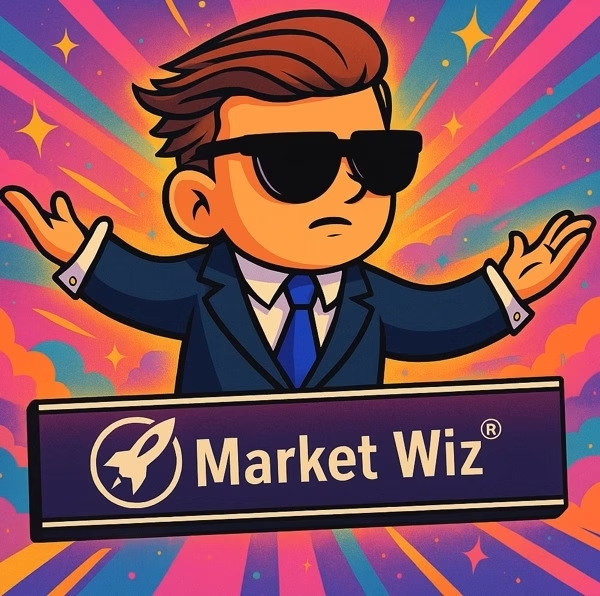

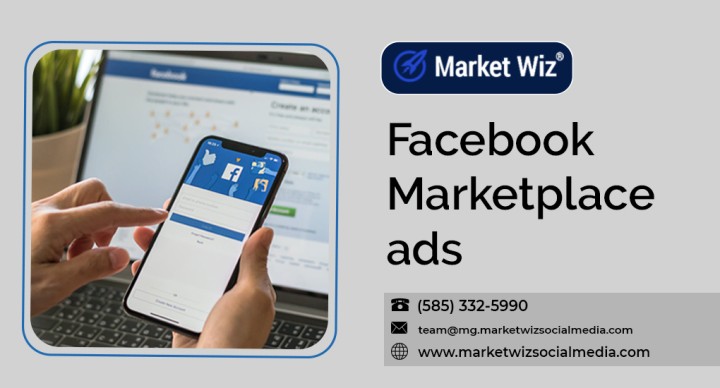

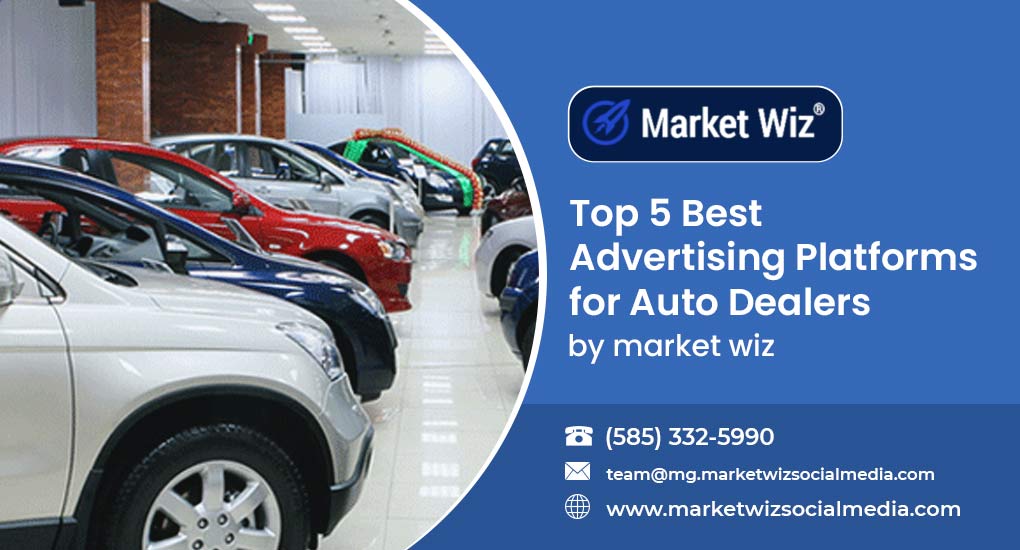




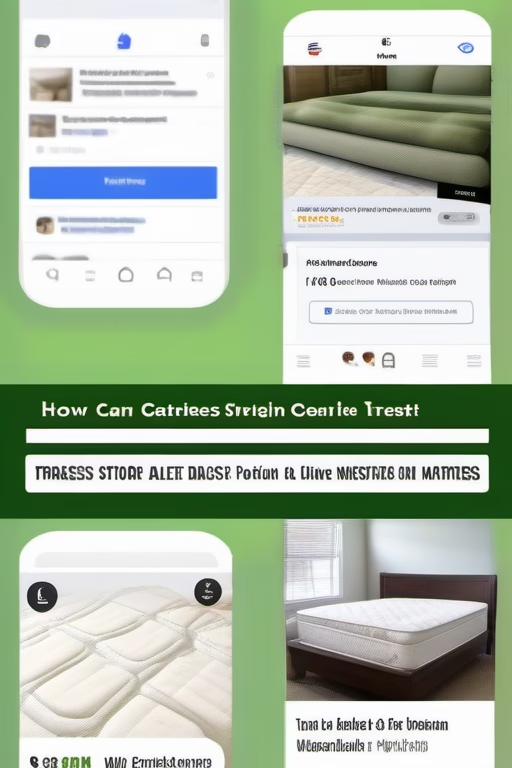
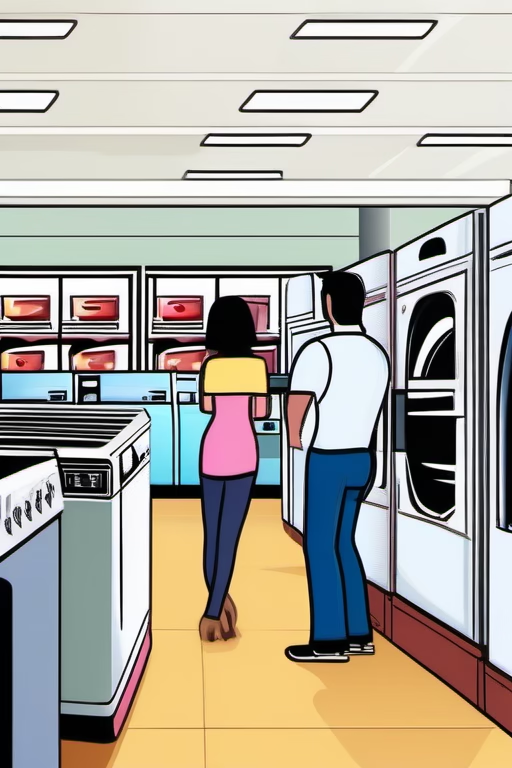
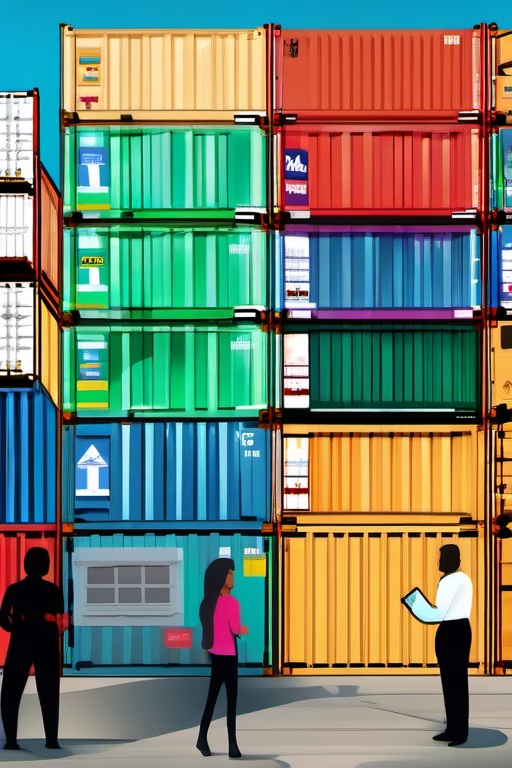



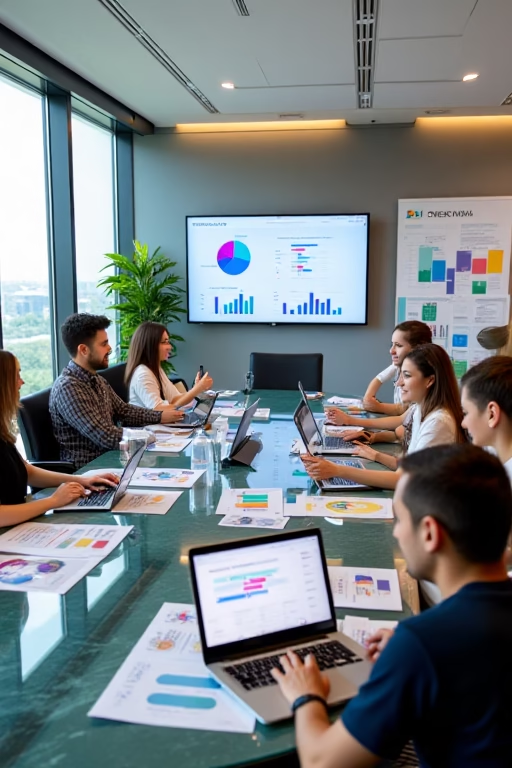

7. Leveraging Social Media and Content Marketing
Social media platforms and content marketing are powerful channels for boosting your local SEO. By creating engaging, locally relevant content and promoting it through social media, you can drive traffic to your website and strengthen your local presence.
7.1 Social Media Platforms for Local Engagement
Platforms such as Facebook, Instagram, and Twitter allow you to interact directly with your local community. Share behind‑the‑scenes content from your shop, customer testimonials, and local cycling news. This not only humanizes your brand but also builds a loyal local following.
7.2 Blogging and Local Content Marketing
Create a blog on your website to publish articles about local cycling events, bike maintenance tips, and guides to the best cycling routes in your area. Consistently publishing quality content helps you target long‑tail keywords, establish your authority in the local market, and attract organic traffic.